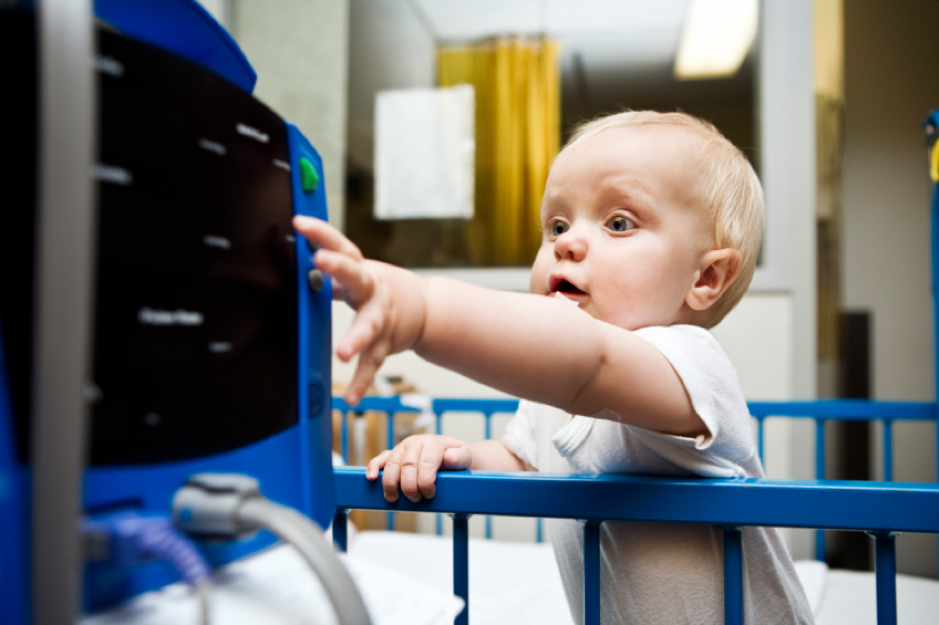Determining and highlighting the hazards inherent in medical devices

A vital early step in designing software that could cause harm such as that controlling a medical device, is to work out the risks and hazards involved. The ways the device could possibly cause harm must be identified so that the device can be designed to prevent them all occurring. We have identified hazards for the use of infusion pumps, conducted risk analysis for novel treatments and developed a new way of thinking about risks that can be used in risk analysis.
A new technique for identifying use-related hazards
We have developed a new technique for identifying hazards related to the use of medical devices that complements existing hazard analysis methods. It identifies both hazards and potential causes of them due to design flaws. It is based on widely used interaction design principles and models of human cognition so has a strong focus on use related hazards. Initial experiments suggest that it can detect three times as many use-related hazards as in a traditional method.
A hazard analysis for infusion pump user interface software
Working with the US regulator, the Food and Drug Administration (FDA), we have identified a substantial set of hazards related to the use of the data entry systems of infusion pumps. We have then determined how poor design could lead to these hazards and identified marketed devices where they occur.
The “Hot Cheese Model”: a new way to explore the impact of bad design on incidents
Poor design of medical devices has caused many incidents where patients have been harmed. However, design as such is not prominent in existing models of accident causation, particularly Reason’s widely-used Swiss Cheese Model. The new “hot cheese model” highlights the impact of bad design on incidents in a simple, flexible and memorable way. The model sheds light on this hidden issue, and supports risk analysis and risk management in safety critical fields, including aviation, engineering, and healthcare. If it were adopted widely it could lead to further incidents being prevented, saving both lives and money for the healthcare system.
Reducing the risks in using a new dialysis system for children
The Royal Victoria Infirmary in Newcastle has developed a new system, called NIDUS, for treating babies with kidney problems for which until now there has been no suitable treatment. We have undertaken a risk analysis to show that this system is resilient to certain dangerous situations arising and our analysis is part of the process used to convince the regulator to allow the system to be used widely.
Hearing aid battery compartments need locks
Swallowing a button battery, such as those used in hearing aids, is a medical emergency. However, the seriousness of the situation is not always understood. Problems can appear several days or weeks after they are swallowed, and in younger children the ingestion may not be witnessed. Battery compartments in hearing aids should be tamper-proof to prevent them being swallowed accidentally, or a child choking on them. Greater awareness is needed of the risk. Hearing aid designers need input from audiologists, gastroenterologists, paediatric staff as well as parents and patients.
Data loggers and forensic analysis
We have carried out studies of logs from hospital infusion pumps that have highlighted problems with the pumps’ designs. The results have been used to alert hospitals to the issues so they can raise awareness of the problems amongst clinicians who use the pumps. The studies have also suggested improvements to the way the data loggers work that would better support the investigation of safety incidents by providing stronger evidence of what happened.
